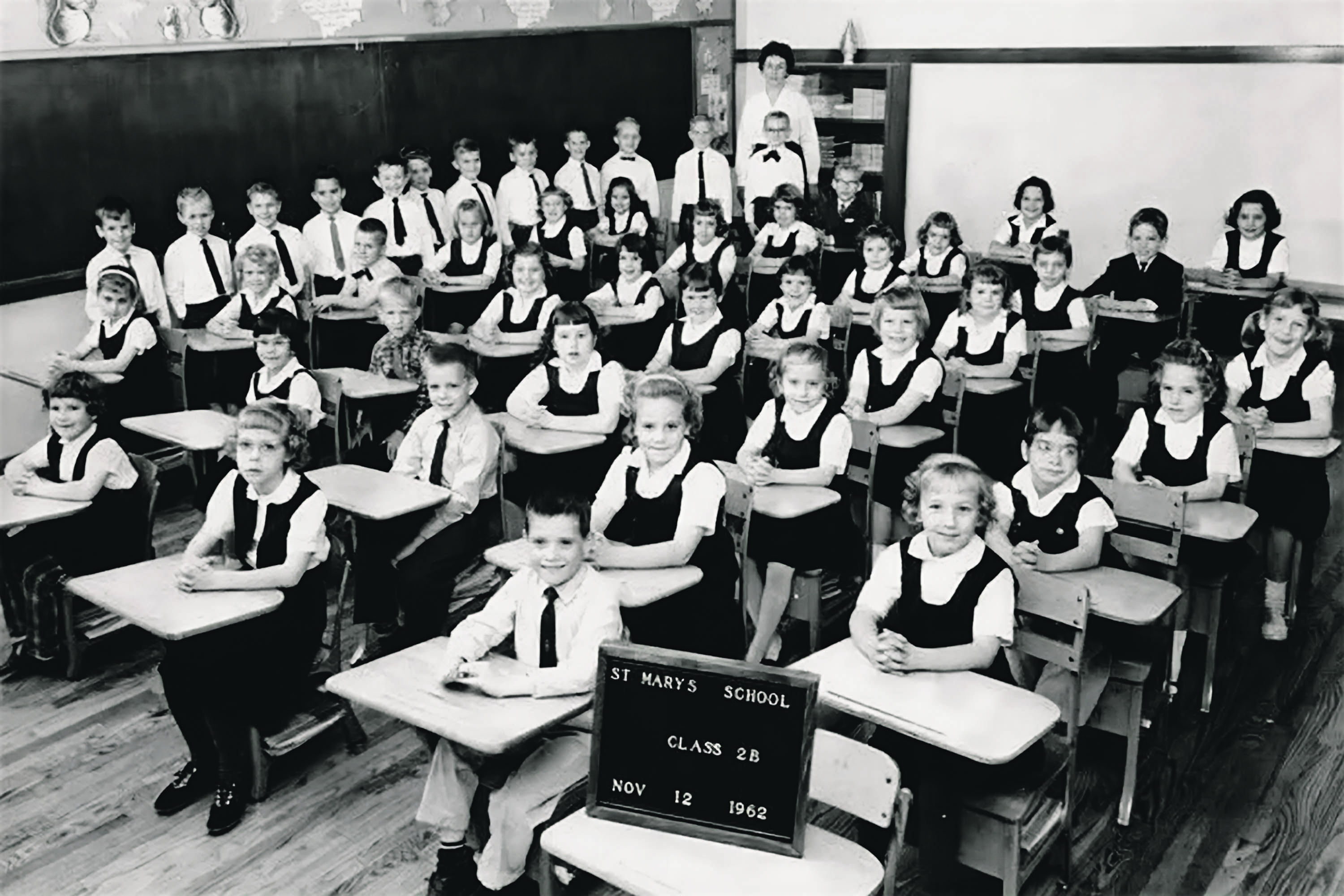It’s likely that the only white smoke young Robert Prevost ever saw coming out of chimneys was from the US steel mills at the South Works. The far South Side of Chicago is a shot and a beer place, block after block of tiny, tidy postwar bungalows a long way from the Art Institute and the city’s famous skyscrapers, and even farther from the Vatican. Had he ever imagined it?
My mother surely did. She grew up in Evergreen Park, another South Side suburb, and chucked from the novitiate, a failed nun, taught religion for about 45 years in the archdiocese of Chicago. I suspect she hoped I’d take a career path similar to that of the new Pope Leo XIV and for a while I went along – including the year I dressed for Halloween as a disturbingly accurate Cardinal Cody (my lowest candy yield ever). She would have been wildly proud of this day and found a way to own it: which is what every other Chicagoan is doing, with memes on “Da Pope” and pictures of him at Sox games.
And they should. Their sense of ownership is about more than geography. When Pope Leo was growing up, the church was a cradle-to-grave parallel government for millions in Chicago. The main commercial streets of the city’s grid form huge island acres of homes; smack in the middle of just about every one was yes, of course, a bar with an Old Style or Falstaff’s sign swinging over the door but also a Catholic church, school, rectory and convent that organised and provided nearly every step of life. The church marked all the rituals of coming and going as well as education, food, care for the young and the old. A few large parishes had their own hospitals. You didn’t identify yourself by neighbourhood; you told people what parish you were from.
In New York, hellfire radio preacher Bishop Sheen ruled the airwaves; it wasn’t like that in Chicago. There were different ways to be Catholic, and those who heard the call of Rerum Novarum (“of new things”), the encyclical issued by Pope Leo XIII in 1891 and considered by many conservative Roman Catholics to be extremely progressive, had a radical side befitting the city of the Haymarket riot – a 19th century protest in favour of an eight-hour workday – and the 1968 Democratic convention. In the 1930s, the archdiocese underwrote Saul Alinsky as he developed the idea of community organising that Barack Obama would carry to the White House. Alinsky’s ally, Fr Jack Egan, led a movement of Catholic priests to combat housing discrimination on the West Side in the 1960s, and they marched in Selma with Dr King. Choosing the name Leo is a sign, I hope, that Robert Prevost heard that call.
Judging by his X critique of JD Vance, he has kept a Chicagoan disgust for B.S.
Just growing up in Chicago must have taught Pope Leo a few things. Chicago is the city in the middle. Before jet planes and Las Vegas, it was where Americans came to meet each other at fairs and conventions, where they changed trains and lived in the Heartland even if just for a few hours. Where they created the common ground that we’ve lost. Chicagoans like the middle, so don’t hold your breath for the Latin mass or women priests.
Like every other American city, Chicago is a city of immigrants, but in Chicago they’re proud of it. Very. Polish, Italian, Irish, Mexican, Black – these are its substance. Newcomers find it disturbing to be asked constantly where they’re “from”, but the Chicagoans are just waiting to be asked so they can tell you about the small Dorf in Bavaria that their grandfather left behind. A “real” American in Chicago is an immigrant, and I doubt the son of New Orleans Creoles, an immigrant himself to Peru, has forgotten that.
Chicago gave you the Marlboro Man, McDonald’s, and Playboy, but it’s also where Louis Sullivan and Mies van der Rohe built their greatest work; where Muddy Waters, Mahalia Jackson and Sir Georg Solti played; where Louis Armstrong and the Second City taught jazz and comedy. In his prior roles, both in English and Spanish, Pope Leo has shown a willingness to expand on the intimacy and humanity that Chicago values.
Chicago is also a dangerous place. Growing up there in the 1950s and 1960s means Pope Leo lived through the political gangsterism of the Daley Machine. He’s seen how institutionalised corruption, racism, and greed can suck the life out of a place and its people. Judging from his recent X critique of JD Vance, he’s kept a Chicago-style disgust for B.S. – so here’s to hoping he’ll call out those in power commandeering Catholicism for political ends.
Gwendolyn Brooks, another great Chicagoan, wrote: “The dandelion is also a flower.” For all the bluster of “the Windy City”, that sublime love for the common is what defines Chicago. Let’s hope the pope doesn’t forget where he comes from.
Thomas Dyja’s The Third Coast: When Chicago Built the American Dream was the winner of the 2013 Chicago Tribune Heartland Prize
